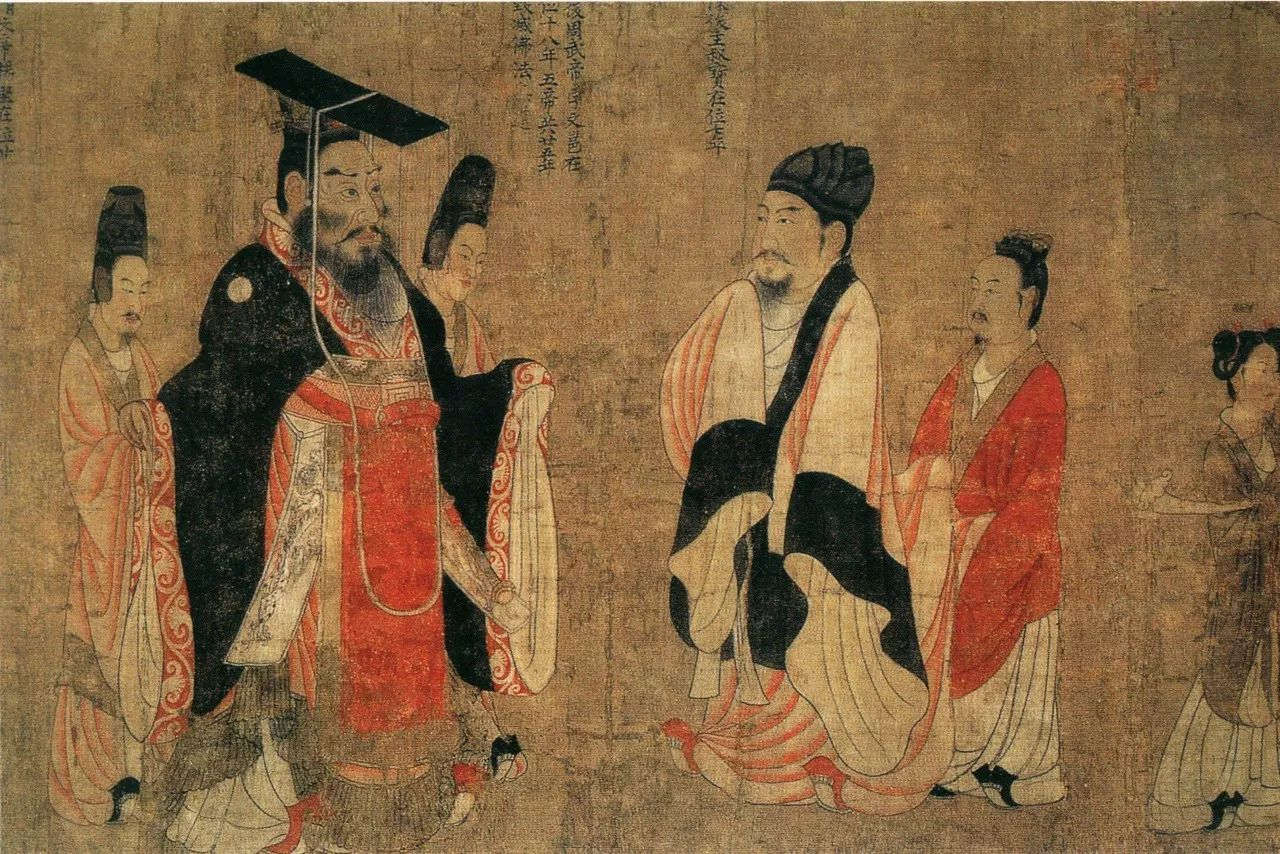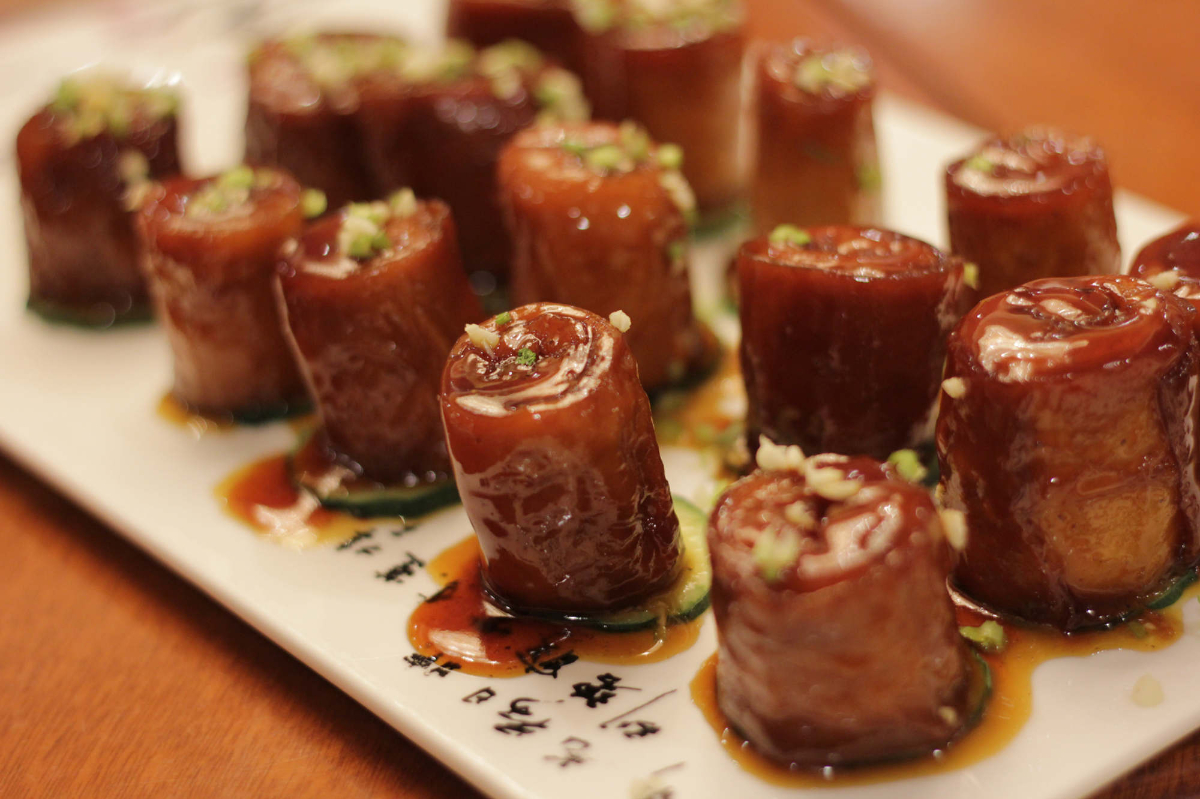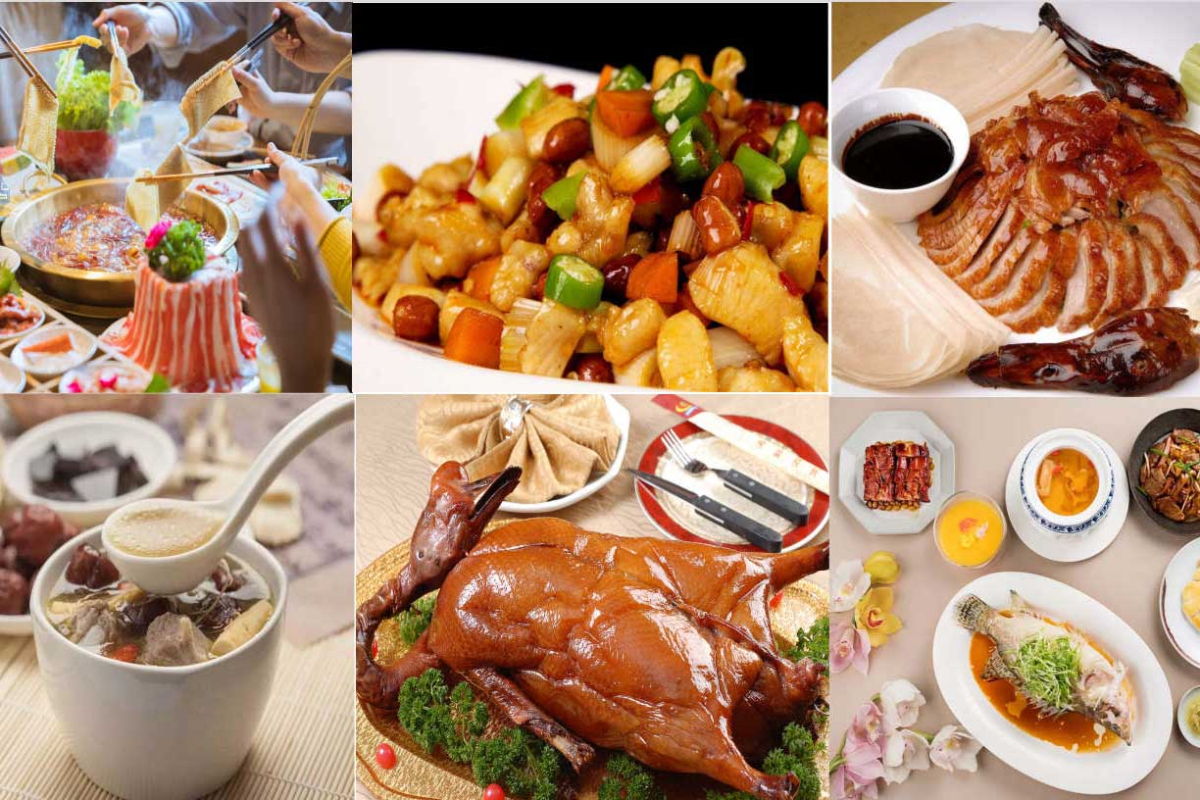The History of Han Dynasty

The Han dynasty was the second imperial dynasty of China (206 BC–220 AD), preceded by the Qin dynasty (221–206 BC) and succeeded by the Three Kingdoms period (220–280 AD). Spanning over four centuries, the Han period is considered a golden age in Chinese history. To this day, China's majority ethnic group refers to themselves as the "Han Chinese" (Han Zu) and the Chinese script is referred to as "Han characters". It was founded by the rebel leader Liu Bang, known posthumously as Emperor Gaozu of Han, and briefly interrupted by the Xin dynasty (9–23 AD) of the former regent Wang Mang. This interregnum separates the Han dynasty into two periods: the Western Han or Former Han (206 BC – 9 AD) and the Eastern Han or Later Han (25–220 AD).
● Western Han
The Han dynasty was founded by Liu Bang, who emerged victorious in the Chu–Han Contention that followed the fall of the Qin dynasty. A golden age in Chinese history, the Han dynasty's long period of stability and prosperity consolidated the foundation of China as a unified state under a central imperial bureaucracy, which was to last intermittently for most of the next two millennia. During the Han dynasty, territory of China was extended to most of the China proper and to areas far west. Confucianism was officially elevated to orthodox status and was to shape the subsequent Chinese civilization. Art, culture and science all advanced to unprecedented heights. With the profound and lasting impacts of this period of Chinese history, the dynasty name "Han" had been taken as the name of the Chinese people, now the dominant ethnic group in modern China, and had been commonly used to refer to Chinese language and written characters.
The Han dynasty also saw many mathematical innovations being invented such as the method of Gaussian elimination which appeared in the Chinese mathematical text Chapter Eight Rectangular Arrays of The Nine Chapters on the Mathematical Art. Its use is illustrated in eighteen problems, with two to five equations. The first reference to the book by this title is dated to 179 AD, but parts of it were written as early as approximately 150 BC, more than 1500 years before the Europeans came up with the method in the 18th century.
After the initial laissez-faire policies of Emperors Wen and Jing, the ambitious Emperor Wu brought the empire to its zenith. To consolidate his power, Confucianism, which emphasizes stability and order in a well-structured society, was given exclusive patronage to be the guiding philosophical thoughts and moral principles of the empire. Imperial Universities were established to support its study and further development, while other schools of thought were discouraged.
Major military campaigns were launched to weaken the nomadic Xiongnu Empire, limiting their influence north of the Great Wall. Along with the diplomatic efforts led by Zhang Qian, the sphere of influence of the Han Empire extended to the states in the Tarim Basin, opened up the Silk Road that connected China to the west, stimulating bilateral trade and cultural exchange. To the south, various small kingdoms far beyond the Yangtze River Valley were formally incorporated into the empire.
Emperor Wu also dispatched a series of military campaigns against the Baiyue tribes. The Han annexed Minyue in 135 BC and 111 BC, Nanyue in 111 BC, and Dian in 109 BC. Migration and military expeditions led to the cultural assimilation of the south. It also brought the Han into contact with kingdoms in Southeast Asia, introducing diplomacy and trade.
After Emperor Wu, the empire slipped into gradual stagnation and decline. Economically, the state treasury was strained by excessive campaigns and projects, while land acquisitions by elite families gradually drained the tax base. Various consort clans exerted increasing control over strings of incompetent emperors and eventually the dynasty was briefly interrupted by the usurpation of Wang Mang.
● Xin dynasty
In AD 9, the usurper Wang Mang claimed that the Mandate of Heaven called for the end of the Han dynasty and the rise of his own, and he founded the short-lived Xin ("New") dynasty. Wang Mang started an extensive program of land and other economic reforms, including the outlawing of slavery and land nationalization and redistribution.
These programs, however, were never supported by the landholding families, because they favored the peasants. The instability of power brought about chaos, uprisings, and loss of territories. This was compounded by mass flooding of the Yellow River; silt buildup caused it to split into two channels and displaced large numbers of farmers. Wang Mang was eventually killed in Weiyang Palace by an enraged peasant mob in AD 23.
● Eastern Han
Emperor Guangwu reinstated the Han dynasty with the support of landholding and merchant families at Luoyang, east of the former capital Xi'an. Thus, this new era is termed the Eastern Han dynasty. With the capable administrations of Emperors Ming and Zhang, former glories of the dynasty was reclaimed, with brilliant military and cultural achievements. The Xiongnu Empire was decisively defeated. The diplomat and general Ban Chao further expanded the conquests across the Pamirs to the shores of the Caspian Sea, thus reopening the Silk Road, and bringing trade, foreign cultures, along with the arrival of Buddhism.
With extensive connections with the west, the first of several Roman embassies to China were recorded in Chinese sources, coming from the sea route in AD 166, and a second one in AD 284.
The Eastern Han dynasty was one of the most prolific era of science and technology in ancient China, notably the historic invention of papermaking by Cai Lun, and the numerous scientific and mathematic









